All products featured are independently chosen by us. However, SoundGuys may receive a commission on orders placed through its retail links. See our ethics statement.
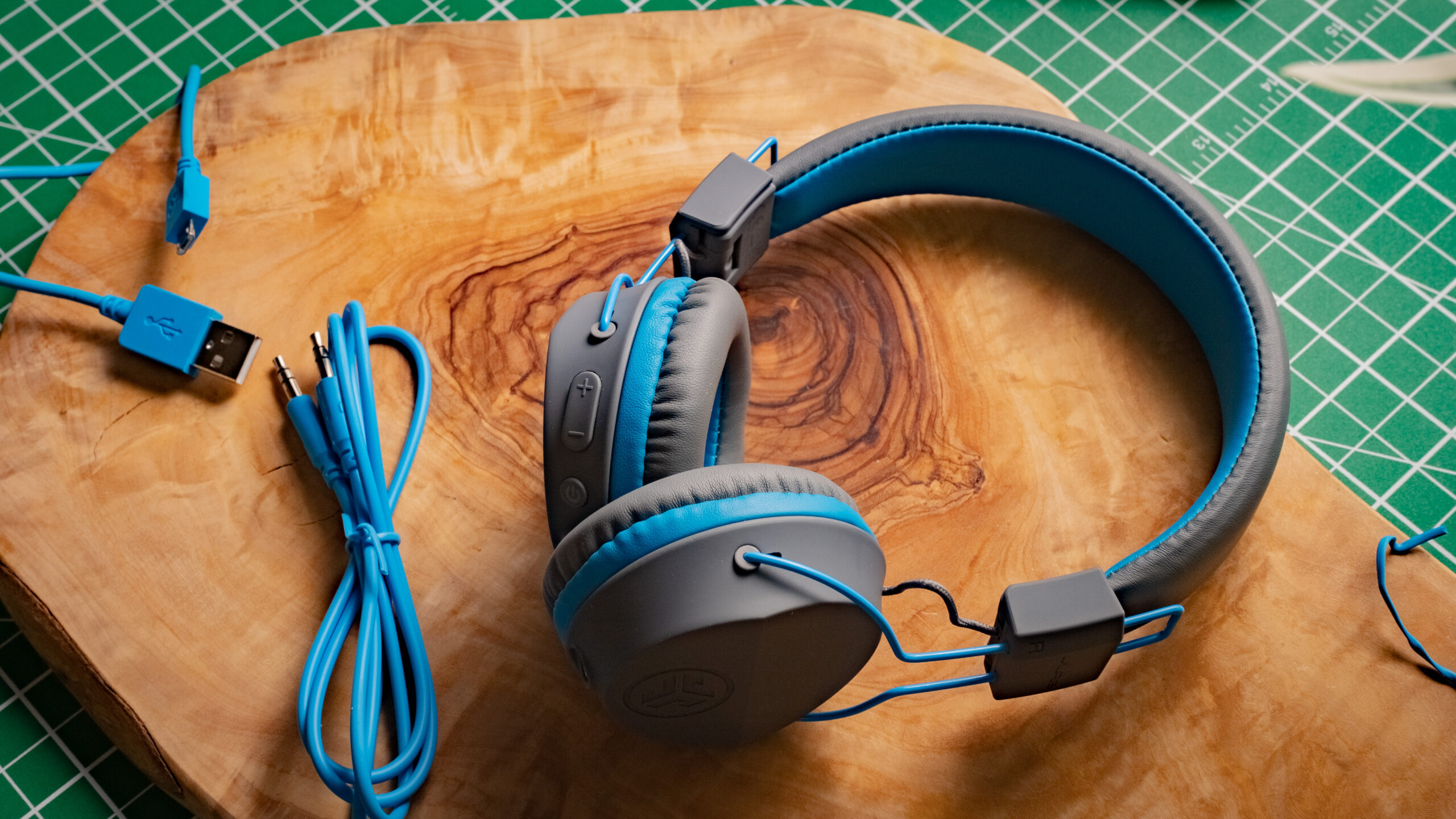
Jlab JBUDDIES STUDIO WIRELESS review
April 24, 2023
JLab JBUDDIES STUDIO WIRELESS
Kids headphones can be a minefield of dealbreakers, but established companies like JLab have been at the volume-limiting headphone game for years. Has it figured out what kids really want with the JLab JBUDDIES STUDIO WIRELESS? Let’s take a look.
What you need to know about the JLab JBUDDIES STUDIO WIRELESS
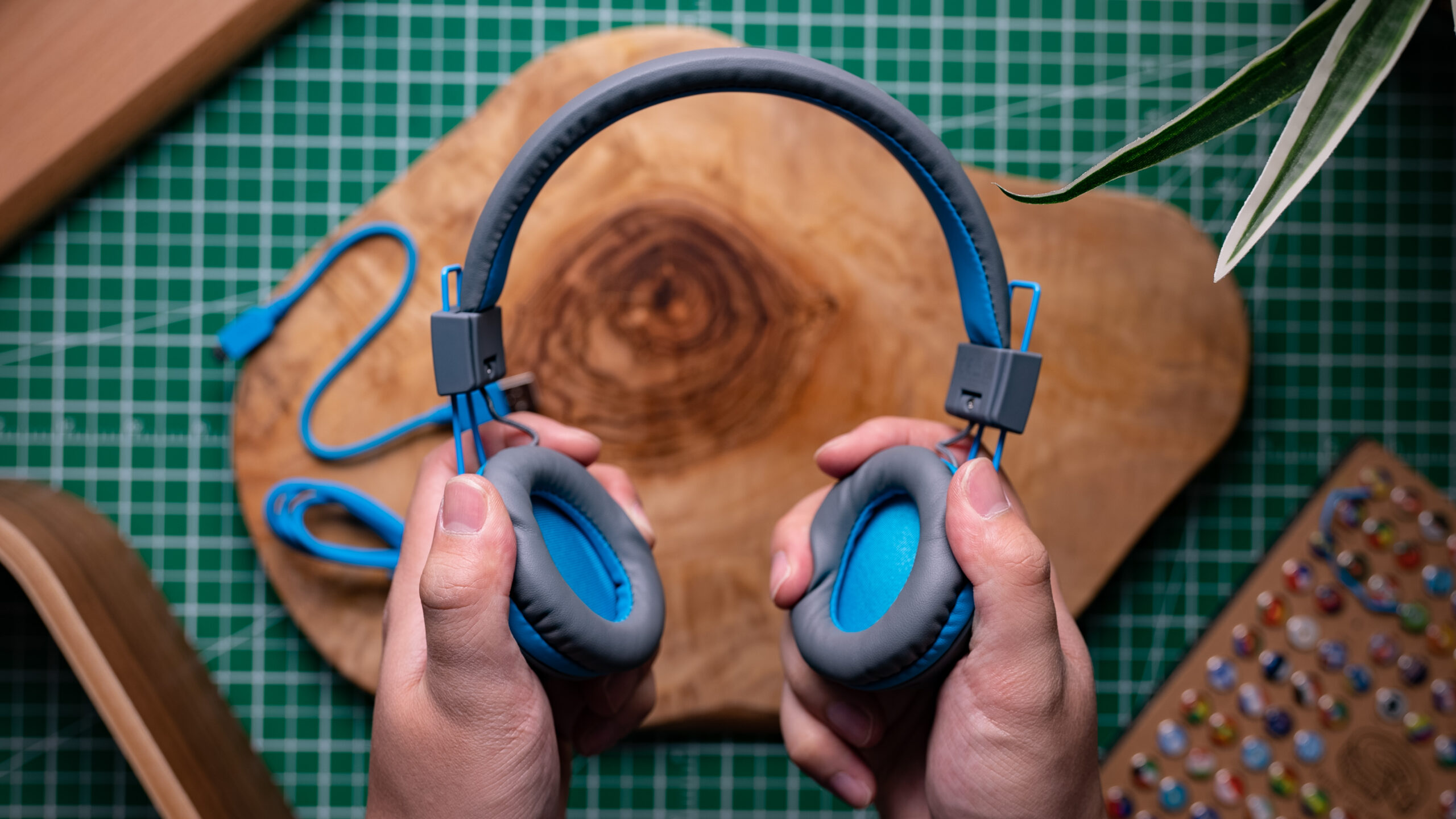
JLab JBUDDIES STUDIO WIRELESS: $30 USD / $39.99 CAD / £29.99 GBP
Among kids headphones, the JLab JBUDDIES STUDIO WIRELESS represent one of the more affordable options, despite being the most expensive in JLabs’ line of volume limiting headphones. JLab is known for its more affordable options in the headphone space, so it’s not unexpected that its offerings would compete at the entry level like this. Keeping true to the company’s strategy, the product has all the typical features of the other kids headphones, including a microphone, and an optional TRS cable for wired listening and sharing tunes from one headset to another.
This product does not have an IP rating nor does it have active noise canceling (ANC), so if you’re looking for premium features they’re not here. That’s not to say that the headphones aren’t durable, but misuse can and will cause damage.
What’s good about the JLab JBUDDIES STUDIO WIRELESS?
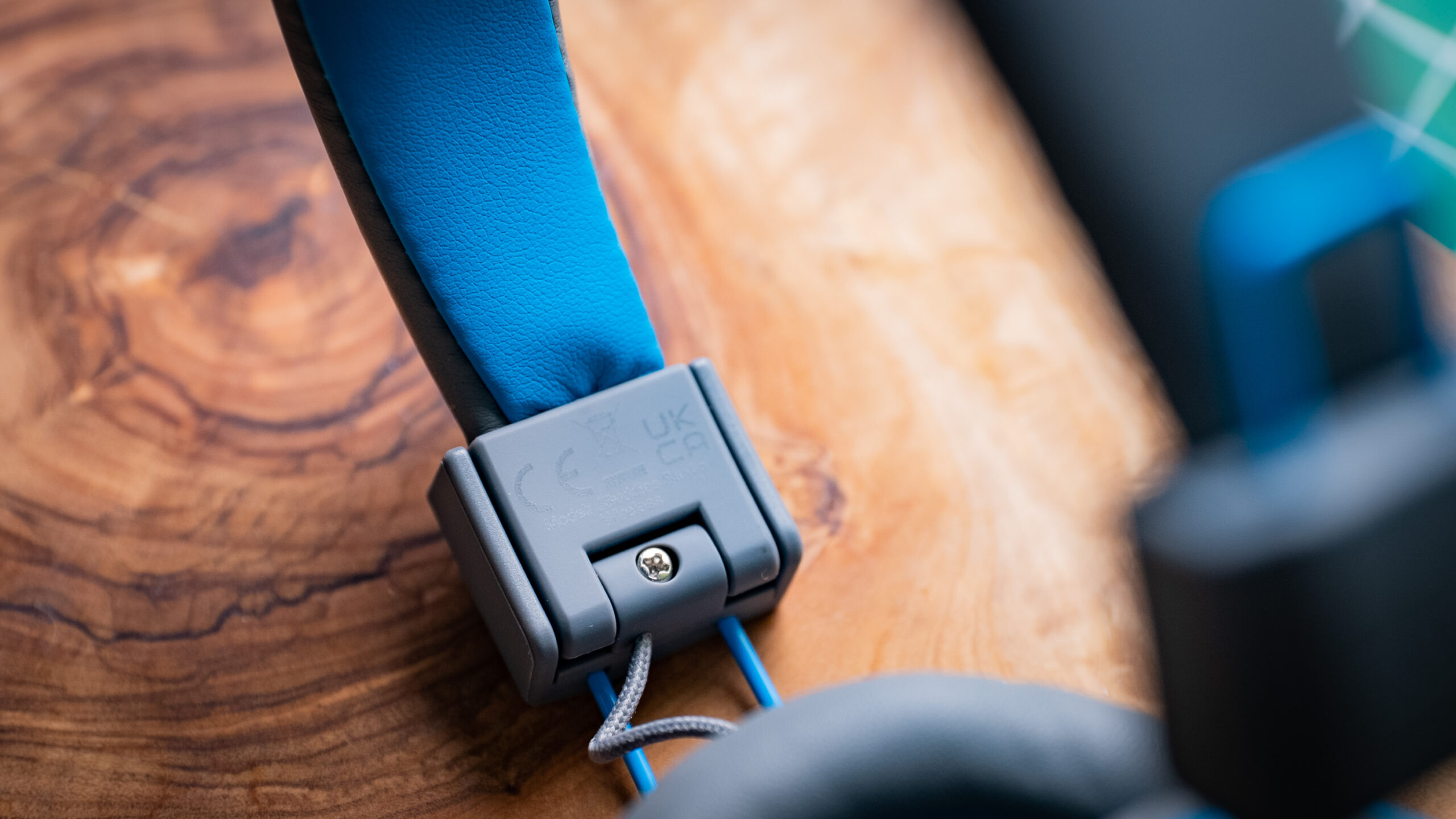
Given that the JLab JBUDDIES STUDIO WIRELESS is very affordable, it’s tempting to pull punches a bit. Thankfully it has a lot to offer for thirty bucks. It sounds okay, it has a number of features like the ability to listen wired or wireless, and it can be used in a daisy chain with other headphones to let multiple listeners share the same source. We’ve seen this before on other kids’ headphones, but it’s always a welcome addition for those with two or more rugrats on long trips.
When it comes to aesthetics, the JLab JBUDDIES STUDIO WIRELESS does not look like a pair of headphones for kids, which is a big check in the positives column. Younger listeners don’t always want to appear like they’re young, and will often shun things that make them seem childish. This aesthetic will ensure that you’re not in the market for better-looking headphones within a year.
Though few products in this price point are going to rival anything approaching “audiophile” quality, sometimes kids with their young ears and far superior hearing will find some products unpleasant to listen to.
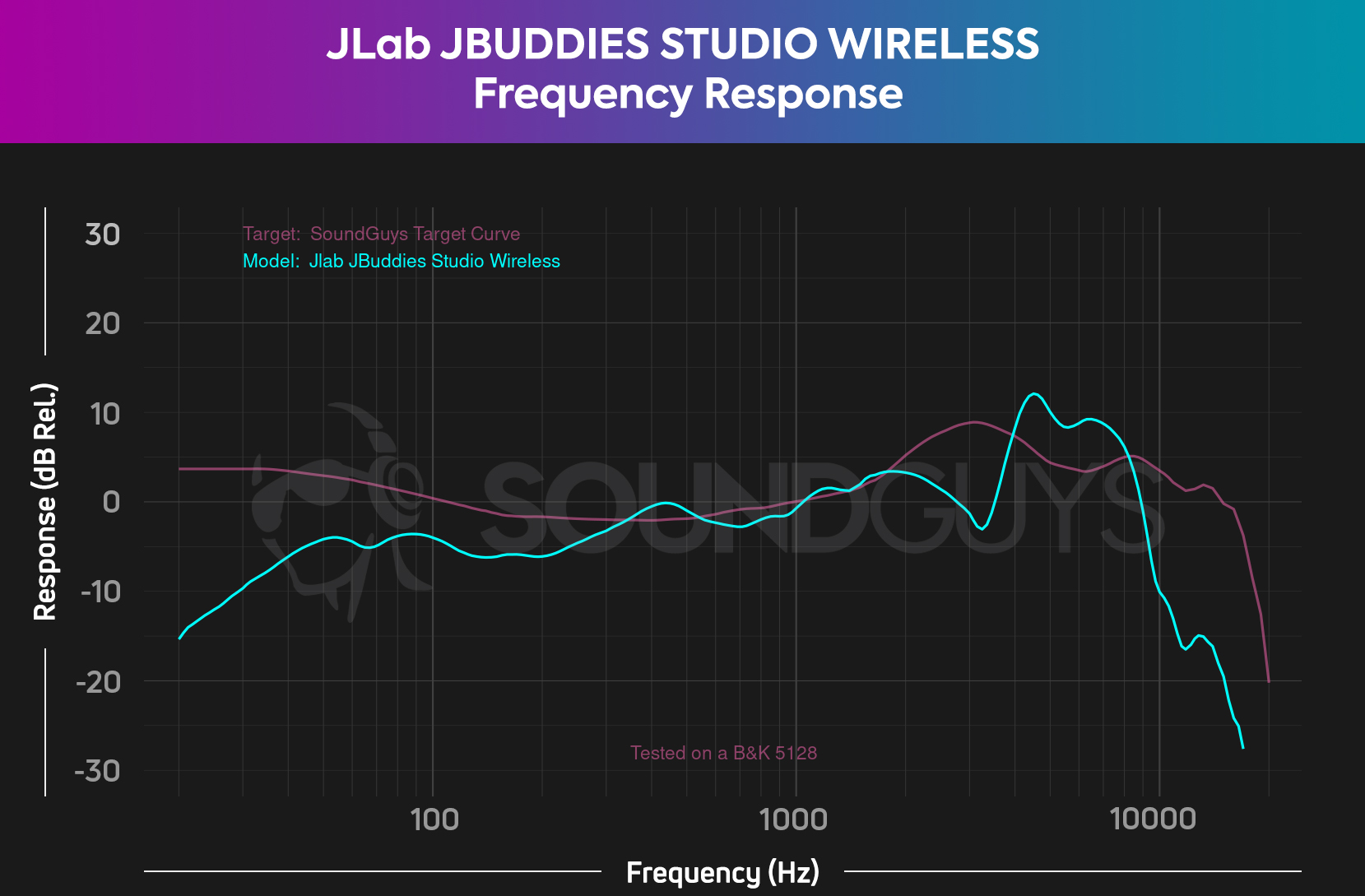
If you’re not familiar with our charts, the gist of this one showing frequency response is that the headphones largely do okay for most sounds—the main exceptions being that it underemphasizes the midrange region important to making out speech sounds, and the bass is weak (probably due to the on-ear design). This may have the unintended effect of making the listener attempt to turn up the volume in order to hear people talking in movies, which isn’t always the greatest thing.
For kids that want to take their headphones everywhere, the JLab JBUDDIES STUDIO WIRELESS fold down considerably to store in a bag or locker. The build of the headphones doesn’t seem to have any obvious weak points outside of the exposed leads between the band and the ear cup. These should withstand casual abuse that kids are known for.
No, this product isn’t noise canceling. However, it’s okay at blocking outside noise in high frequencies. Part of the problem inherent to the on-ear design is that it lets in a bunch of outside noise unless you can guarantee an ideal fit—not something that’s easy with this type of headphone.
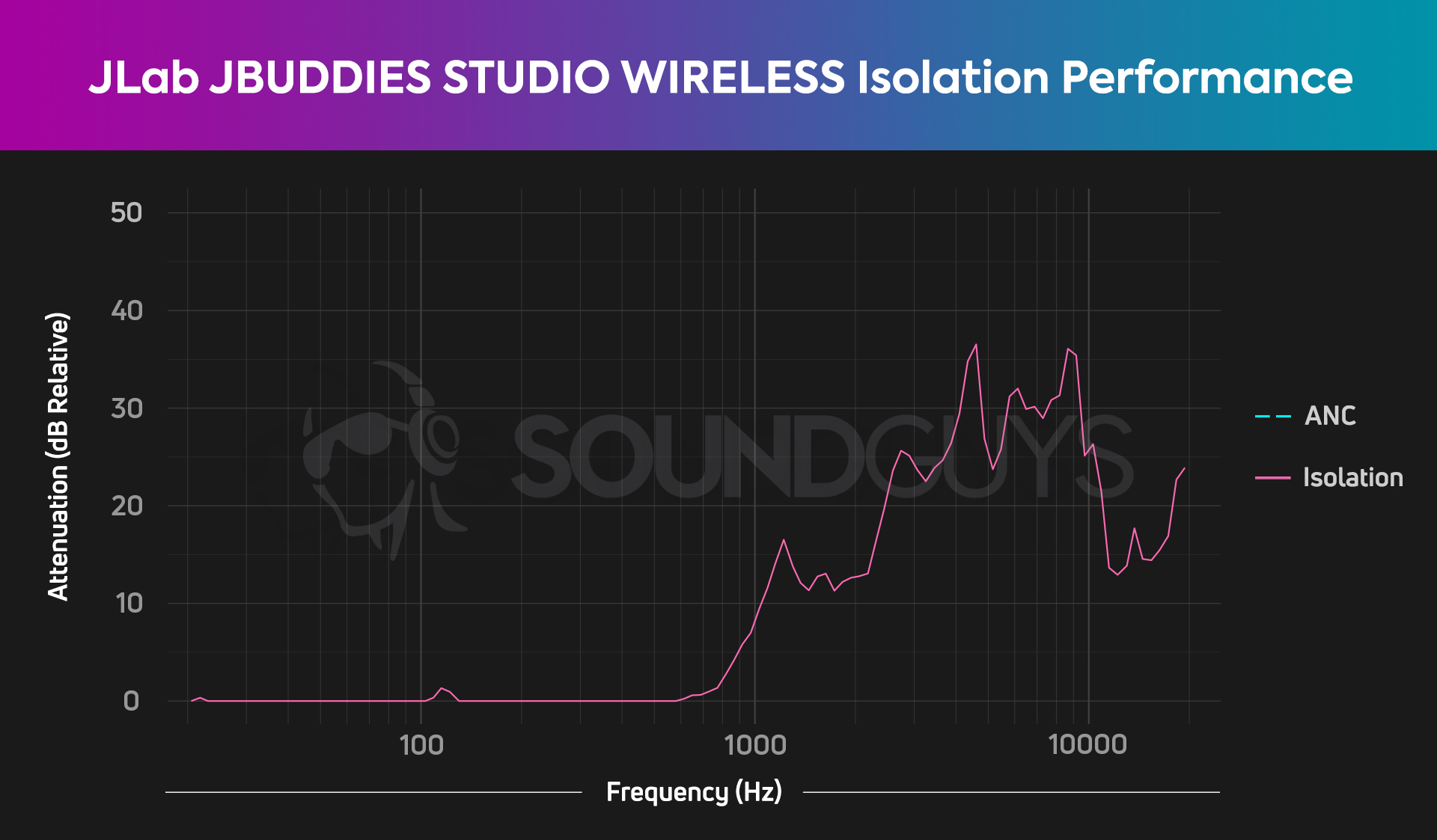
As always, headphones aren’t a replacement for hearing protection—so if you’re going to be going to a very loud environment, please use something dedicated for that purpose rather than rely on leaky headphones.
Wireless performance is decent, and the battery life is also laudable. In our standardized testing it fell just short of the 24 hour mark for continuous listening, and that’s enough for at least a week’s worth of bus rides. However, because the cell is so small in comparison to larger headphones, it probably won’t stand the test of time, but you’re more likely to need larger headphones than you’ll need to replace a set with a dead battery, given how fast children grow. When that time comes, though, please recycle if you can.
What’s not so good about the JLab JBUDDIES STUDIO WIRELESS?
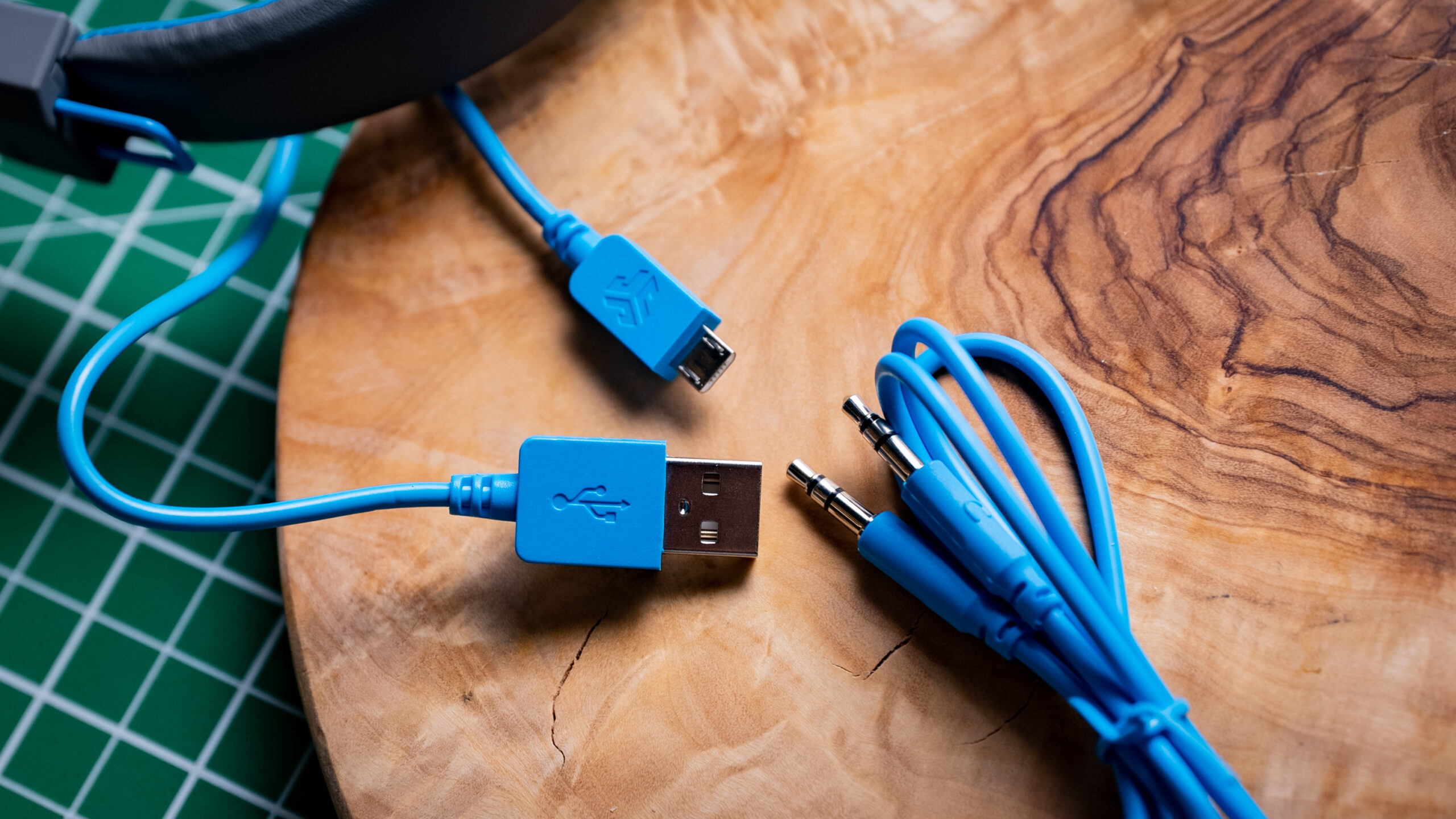
As far as things to gripe about go, the standard issues with kids headphones and volume limiters apply. Namely, that the volume limiter (a feature that should keep max levels under 85dB) only works when you’re listening to the JLab JBUDDIES STUDIO WIRELESS over Bluetooth and not wired. Plugged into a higher powered headphone output like on home stereos, cranking the volume can make these headphones reach levels of 98dB (measured in the lab) or more, and it’s worth noting that this guardrail isn’t infallible. Because of this, we recommend keeping your kiddos listening over Bluetooth instead of wired when possible—it also helps avoid snags, pull-outs, and tangles, so that’s a plus.
The other main headache parents may run into with the JLab JBUDDIES STUDIO WIRELESS is the fit. Though many people report a good level of comfort, some of us just don’t like anything touching our ears, and if your child is like this: they’ll likely hate using these headphones. We suggest trying any on-ears first just to see if this might be a potential issue.
Not great!
Instead of posting a chart here, we figured you should just hear for yourself. What constitutes a “good” mic is a moving target for consumers, even if it may not meet our standards in the lab. It’s often the case that it doesn’t matter so much how good something is as long as it works—which this… doesn’t. Try not to turn the volume up here, it really is that quiet.
JLab JBUDDIES STUDIO WIRELESS microphone sample, ideal conditions:
Had enough? Remember to turn your speakers or headphones’ volume down before listening to something else.
Finally, while it can be nice sometimes not to have to share a charger with your kids when they need it, microUSB as a connector is a pain to use in 2023. It may seem like a small quibble—and it is—but every second counts when your kids are upset and feel a need achieve something. If that something is to plug in headphones in the dark: USB-C is the far superior connector.
JLab JBUDDIES STUDIO WIRELESS specs
In order to make meaningful comparisons from product to product, you may want to leave this tab open to keep the relevant specs available during your shopping. Here’s the listed specifications you may care about.
| PRODUCT NAME | |
|---|---|
Size | Earbuds: 10 x 10 x 10mm Case: 10 x 10 x 10mm |
Weight | Headphones: 200g Case: 100g |
Noise canceling | N/A |
IP certification | N/A |
Connection | Bluetooth 5.2; SBC, AAC, aptX |
Controls | Touch/Button/None |
Battery life | 20 hours |
Fast charging | No |
Wireless charging | No |
Connector | microUSB/USB-C |
Price | $299 USD |
JLab JBUDDIES STUDIO WIRELESS review: Should you buy it?
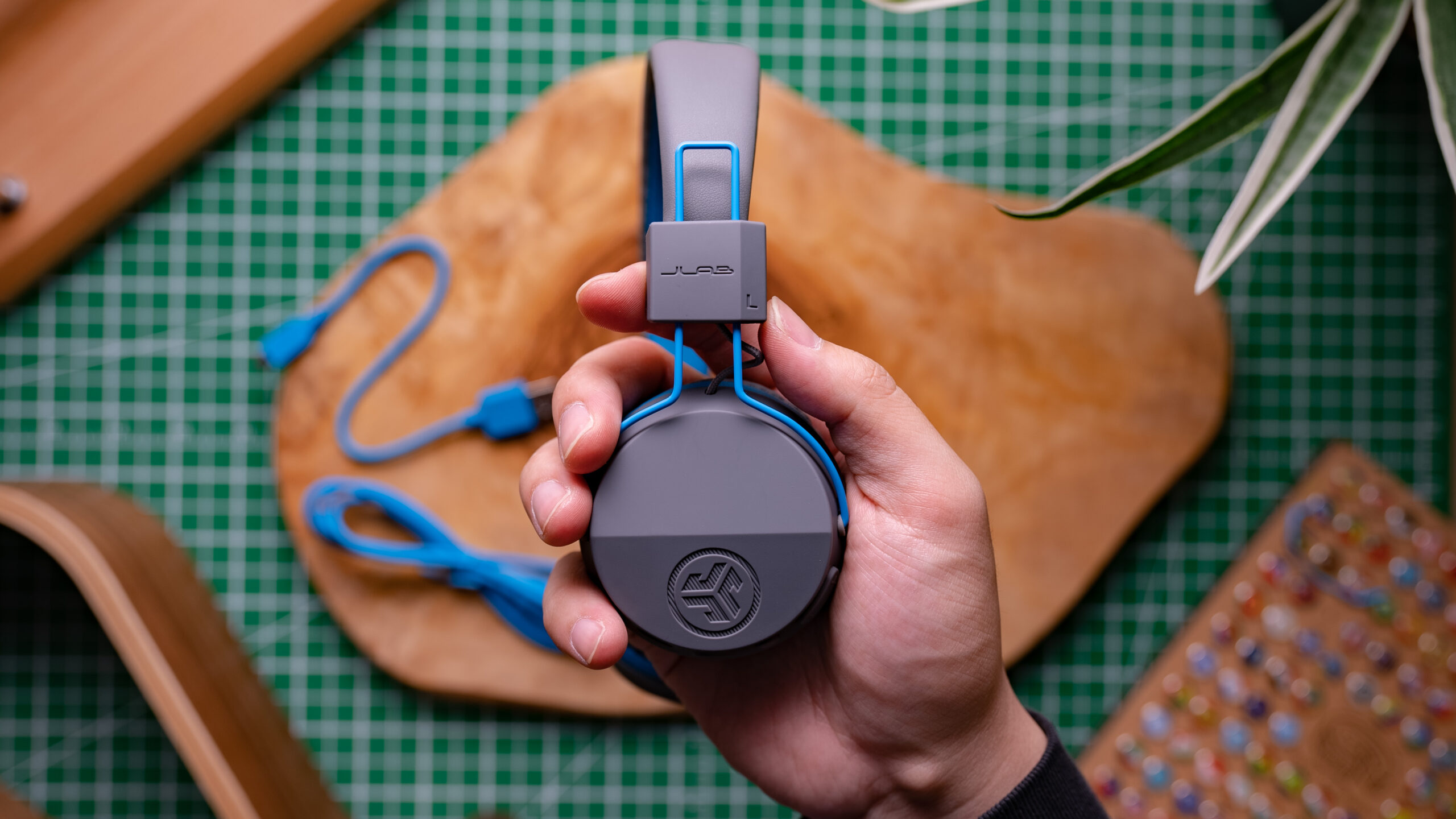
If you don’t need a set of headphones with a microphone, the JLab JBUDDIES STUDIO WIRELESS are a decent buy. However, if you’re looking for a device that can handle phone calls, video chats, or remote learning, look somewhere else. While it’s a shame to reduce the decision to that, it’s really the main point of contention here, as it’s the one feature that basically didn’t work for us. Beyond that, it’s tough to argue the $30 USD price point and generally decent performance.

This product also may not be the best choice for those who can’t use on-ear headphones, in which case we suggest finding over-ear alternatives. If you’re a fan of the branding, there’s also the JLab JBUDDIES PRO WIRELESS that encircles the ear, avoiding this wear issue—and it’s less expensive than the JLab JBUDDIES STUDIO WIRELESS.
Frequently asked questions
The JLab JBUDDIES STUDIO WIRELESS should work with anything that uses Bluetooth or a 3.5mm connection to send audio. Consequently, this will make console compatibility heavily dependent on which connections they use.
That depends on the airplane entertainment system. It would need a 3.5mm jack.